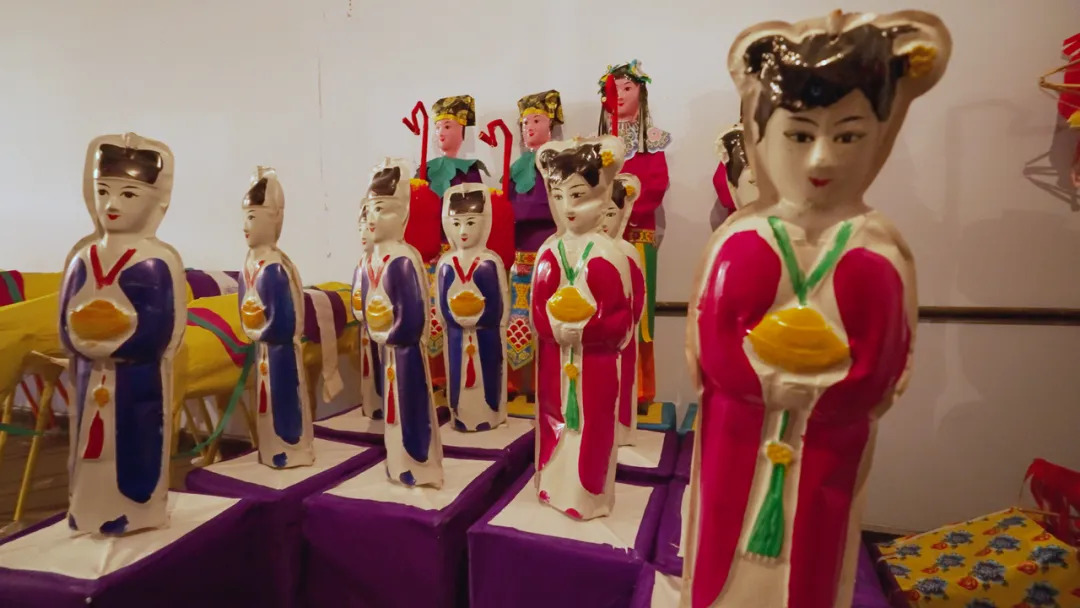8,000 RMB (around 1,100 USD) is more than the average monthly salary of a fresh graduate from one of China’s top universities, making it a sizable sum for many in the country, not least of all for a young person. So, when a few weeks ago the story spread of a Gen Z employee at an internet company in Beijing spending that precise amount of money to travel to the nearby city of Tangshan each weekend and learn how to make Zhizha (paper art for funerals), the curiosity of many netizens was piqued. And the budding artist isn’t alone — many of her peers are increasingly interested in the traditional craft.
Zhizha, sometimes referred to as “Taoist paper art,” plays a significant role in traditional Chinese funerals. These intricate paper creations, which range from miniature mansions and servants to paper money, are intended to ensure that the deceased have a comfortable and prosperous afterlife.
Despite their importance, funeral customs in China remain shrouded in mystery and superstition. Due to cultural and social shifts, many are reluctant to engage with or discuss these traditions openly. However, Gen Zers, lacking the baggage of their parents’ generation, seem more willing to learn about these once-sensitive topics and art forms.
For many, learning Zhizha is not merely about the craft: it represents a deeper connection to cultural heritage and a way to honor ancestral customs. One student shared, “Learning handcrafts on the weekends is so enjoyable. The satisfaction from mastering a repetitive skill is immense.”

Previously, Zhizha was facing a gradual decline, partially due to many parents’ reluctance to encourage their children to pursue such crafts. Yet, as appreciation for traditional culture grows, more young people are drawn to Zhizha, seeing it as a meaningful way to connect with and continue their cultural heritage.
By embracing Zhizha, discovering secrets like how to connect bamboo supports within a paper mansion, these young learners are not only reviving a historical art form but also contributing to the preservation of a vital aspect of Chinese culture. Their efforts are ensuring that this unique art form endures, adapting to contemporary values while honoring its rich history.
Banner image via Houlang.
















